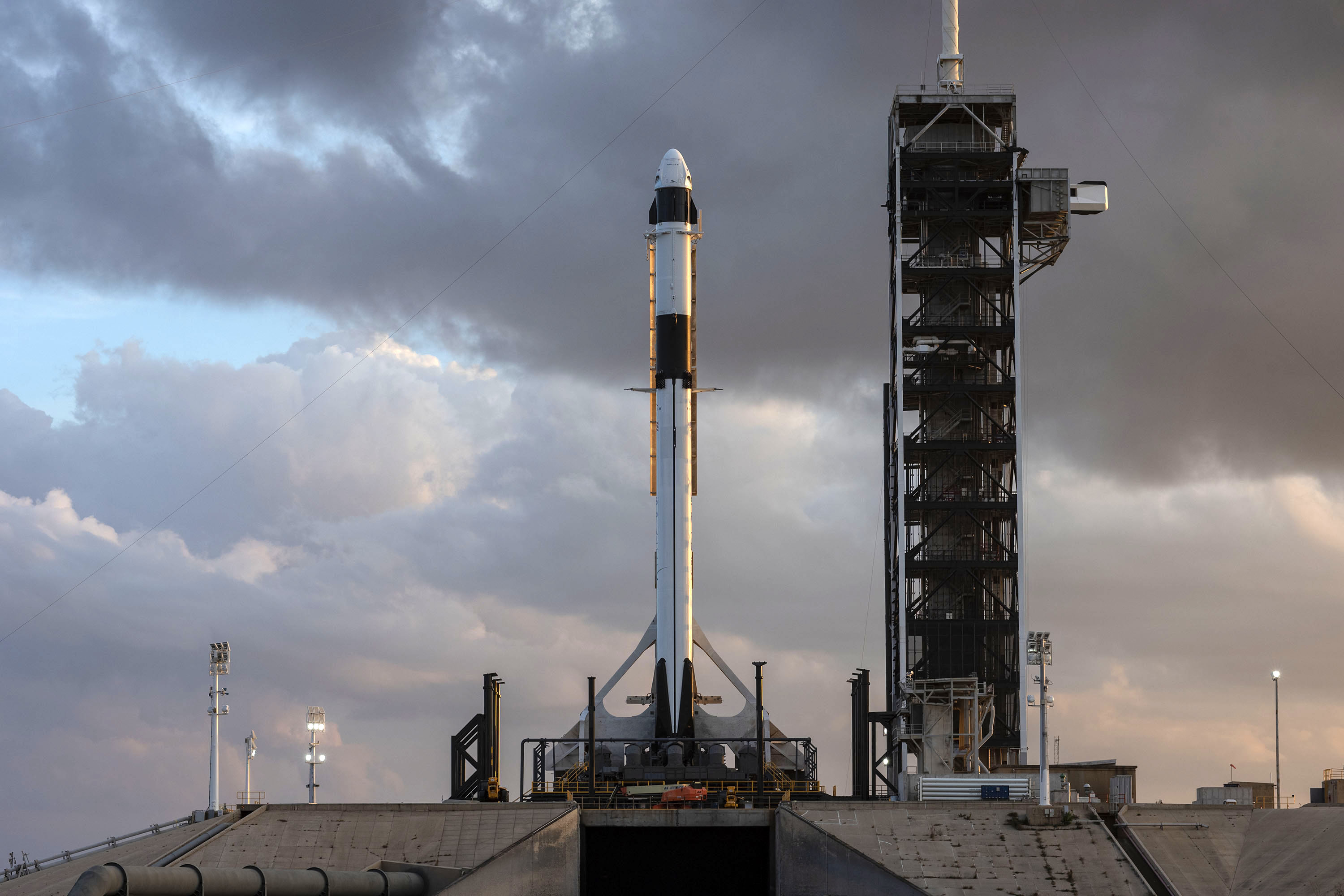SpaceX, NASA Push 1st Crew Dragon Test Flight to February
The first uncrewed test flight of SpaceX's new Dragon spacecraft for astronauts will now launch no earlier than February, NASA officials said today (Jan. 10).
The Crew Dragon test flight, called Demo-1, was scheduled to launch on Jan. 17 after already being pushed back once from a Jan. 7 target. NASA announced the new schedule slip, which delays the launch by at least two weeks, in a written status update.
"NASA and SpaceX are now targeting no earlier than February for the launch of Demo-1 to complete hardware testing and joint reviews," NASA officials wrote in the update. "NASA and SpaceX will confirm a new target date after coordination with the Eastern Range and the International Space Station Program." [Take a Walk Through SpaceX's Crew Dragon]
NASA officials did not mention if the ongoing partial government shutdown played a role in the Demo-1 launch delay, though the shutdown has shuttered much of the space agency and stalled some space science operations. The Eastern Range refers to the flight range for launches over the Atlantic Ocean from NASA's Kennedy Space Center and neighboring Cape Canaveral Air Force Station in Cape Canaveral, Florida.
SpaceX's Demo-1 mission will mark the first test flight of a privately built crewed spaceraft to ferry NASA astronauts to the International Space Station. SpaceX is one of two companies with NASA contracts to fly astronauts to and from the station. The other company is Boeing, which also plans to fly uncrewed and crewed test flights of its own CST-100 Starliner spacecraft later this year.
The Demo-1 mission is an uncrewed test of Crew Dragon that will fly the automated spacecraft to the space station. SpaceX is also expected to perform an uncrewed in-flight abort test with Dragon that would set the stage for the first crewed Dragon flight, called Demo-2, by NASA astronauts Bob Behnken and Doug Hurley.
SpaceX has already rolled the Demo-1 Crew Dragon out to Launch Pad 39A at the Kennedy Space Center for a dry run of launch operations, NASA officials said. You can see photos of Crew Dragon on the launchpad here.
Breaking space news, the latest updates on rocket launches, skywatching events and more!
NASA has been dependent on Russian Soyuz spacecraft to fly astronauts to the space station since 2011, when the agency's space shuttle fleet retired after 30 years of service. NASA officials are relying on SpaceX and Boeing to resume crew launches from U.S. soil while the agency works on its own Orion spacecraft and Space Launch System megarocket, destined for deep-space flights in the 2020s.
Email Tariq Malik at tmalik@space.com or follow him @tariqjmalik. Follow us @Spacedotcom and Facebook. Original story on Space.com.

Tariq is the award-winning Editor-in-Chief of Space.com and joined the team in 2001. He covers human spaceflight, as well as skywatching and entertainment. He became Space.com's Editor-in-Chief in 2019. Before joining Space.com, Tariq was a staff reporter for The Los Angeles Times covering education and city beats in La Habra, Fullerton and Huntington Beach. He's a recipient of the 2022 Harry Kolcum Award for excellence in space reporting and the 2025 Space Pioneer Award from the National Space Society. He is an Eagle Scout and Space Camp alum with journalism degrees from the USC and NYU. You can find Tariq at Space.com and as the co-host to the This Week In Space podcast on the TWiT network. To see his latest project, you can follow Tariq on Twitter @tariqjmalik.

